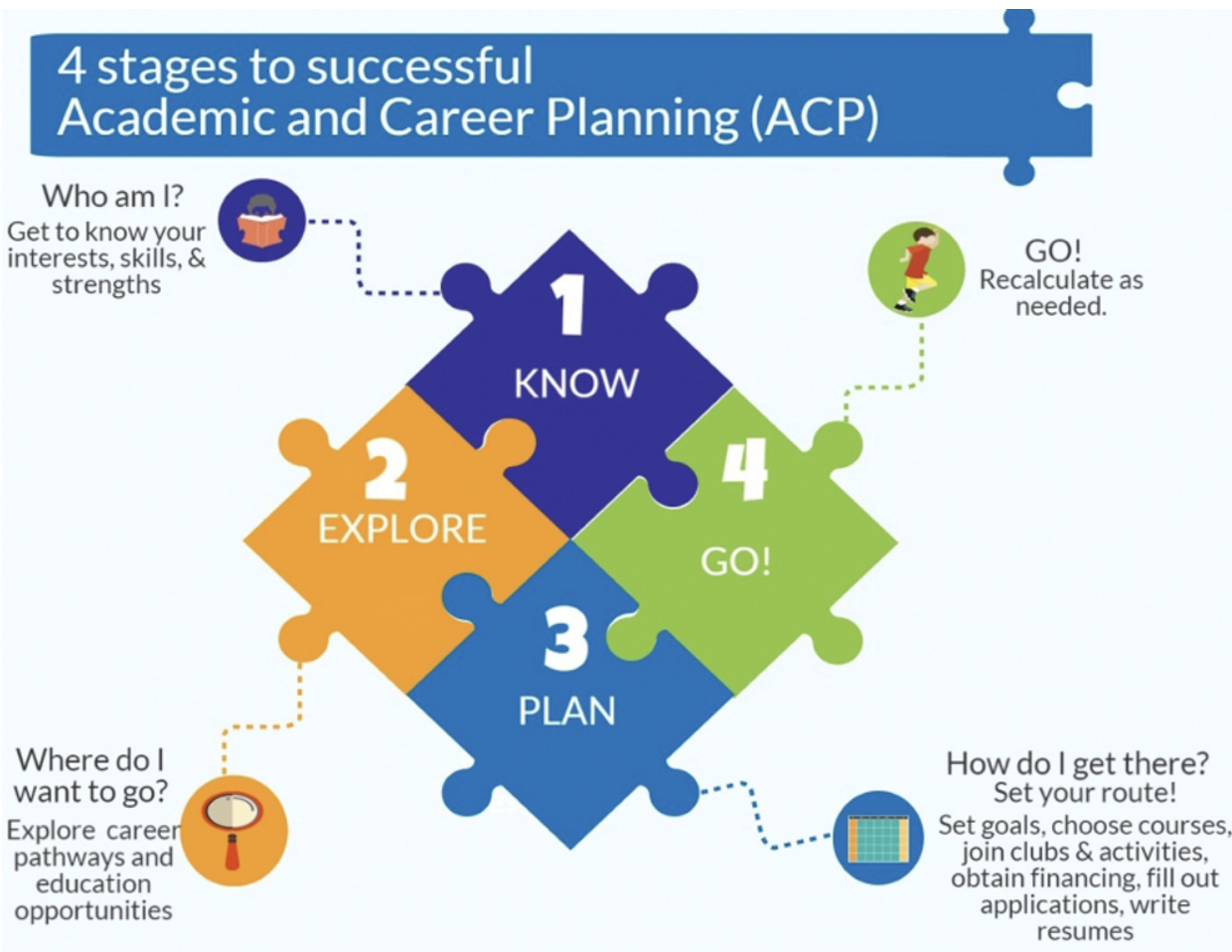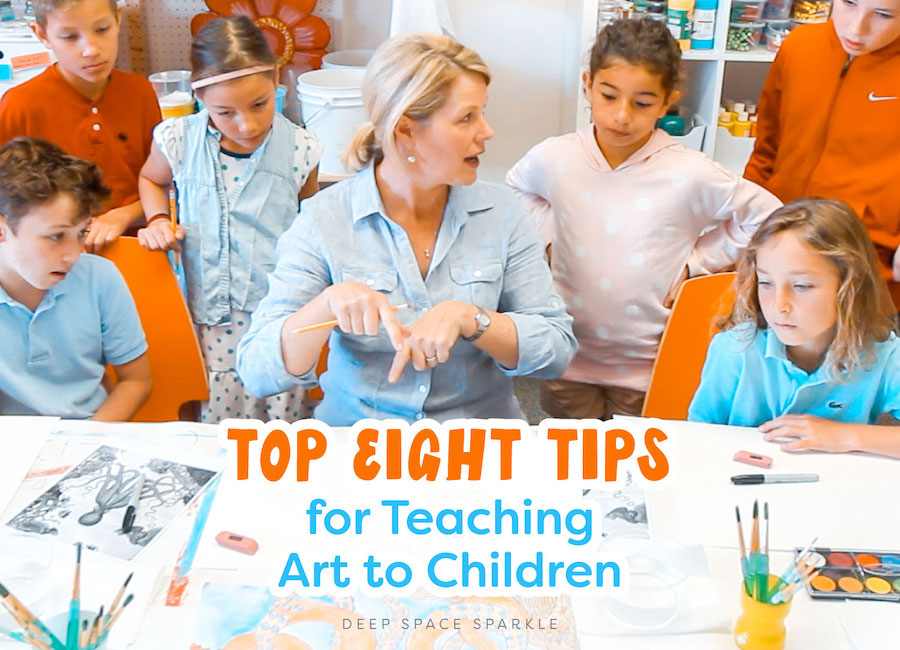Elementary education lays the foundation for a child’s academic and personal growth. A well-structured four-year plan provides a roadmap for educators to guide students on a journey of learning and discovery, fostering their cognitive, social, and emotional development. This article presents a comprehensive plan for elementary education, outlining key strategies and best practices for each year, empowering educators to create engaging and impactful learning experiences that prepare students for success in school and beyond.
Year 1: Building a Strong Foundation
Year 1 is the foundation of elementary education. It’s when kids learn the basics of reading, writing, and math. They also start to develop important social and emotional skills. In Year 1, it’s important to create a positive and supportive learning environment where kids feel comfortable taking risks and asking questions. Teachers can do this by getting to know their students and their families, and by creating a classroom culture that is respectful and inclusive.
Some key strategies for building a strong foundation in Year 1 include:
- Focusing on phonemic awareness and phonics to help kids learn to read.
- Providing opportunities for kids to write, both independently and collaboratively.
- Using hands-on activities to teach math concepts, such as counting, measurement, and geometry.
- Encouraging kids to ask questions and share their ideas.
- Creating a classroom community where kids feel supported and respected.
| Literacy | Math | Science | Social Studies |
|---|---|---|---|
| Reading | Numbers | Plants | My Community |
| Writing | Measurement | Animals | History |
| Speaking | Geometry | Weather | Geography |
By implementing these strategies, teachers can help their Year 1 students build a strong foundation for future learning. For more information on these strategies, check out these related posts from kienhoc.vn:
- Using Storytelling as a Teaching Tool in Elementary Education
- Fostering Collaborative Learning in Elementary Classrooms

Year 2: Expanding Horizons and Fostering Collaboration
Experiential Learning
In Year 2, students continue to build on the foundation they established in Year 1. They continue to develop their literacy and math skills, and they also begin to explore new subjects, such as science and social studies. In Year 2, it is important to provide students with opportunities to learn through hands-on experiences.
Some examples of experiential learning activities include:
- Science experiments, such as building a volcano or dissecting a flower.
- Field trips, such as visiting a museum or a farm.
- Projects, such as building a model of the solar system or creating a cookbook.
Fostering Collaboration
Collaboration is an important skill for students to develop. It helps them learn how to work together, solve problems, and communicate effectively. In Year 2, teachers can foster collaboration by:
- Creating group projects, such as building a fort or putting on a play.
- Encouraging students to share their ideas and help each other learn.
- Providing opportunities for students to work together in small groups.
By providing students with opportunities to learn through experiential learning and collaboration, teachers can help them develop the skills they need to be successful in school and beyond. For more information on these strategies, check out these related posts from kienhoc.vn:
| Literacy | Math | Science | Social Studies |
|---|---|---|---|
| Reading | Numbers | Plants | My Community |
| Writing | Measurement | Animals | History |
| Speaking | Geometry | Weather | Geography |

Year 3: Deepening Understanding and Developing Critical Thinking
Inquiry-Based Learning
In Year 3, students continue to develop their literacy and math skills. They also begin to develop critical thinking skills, which are essential for success in school and beyond. One way to develop critical thinking skills is through inquiry-based learning.
Inquiry-based learning is a teaching method that encourages students to ask questions, investigate problems, and come to their own conclusions. This type of learning helps students develop important skills such as problem-solving, critical thinking, and communication.
- Science experiments, such as building a volcano or dissecting a flower.
- Field trips, such as visiting a museum or a farm.
- Projects, such as building a model of the solar system or creating a cookbook.
Developing Critical Thinking Skills
In addition to inquiry-based learning, there are other ways to help students develop critical thinking skills. One way is to encourage them to ask questions. Another way is to provide them with opportunities to solve problems.
When students ask questions, they are demonstrating that they are thinking critically about the world around them. They are trying to understand how things work and why they happen. By encouraging students to ask questions, teachers can help them develop their critical thinking skills.
Problem-solving is another important skill for students to develop. When students solve problems, they are using their critical thinking skills to come up with solutions. By providing students with opportunities to solve problems, teachers can help them develop their critical thinking skills and prepare them for success in school and beyond.
| Literacy | Math | Science | Social Studies |
|---|---|---|---|
| Reading | Numbers | Plants | My Community |
| Writing | Measurement | Animals | History |
| Speaking | Geometry | Weather | Geography |
For more information on these strategies, check out these related posts from kienhoc.vn:
- Promoting Positive Behavior in Elementary School
- Building Effective Communication Skills in Young Learners

Year 4: Preparing for the Future and Beyond
Year 4 is the final year of elementary school. It’s a time for students to reflect on their learning journey and prepare for the future. In Year 4, students continue to develop their literacy and math skills. They also explore new subjects, such as social studies and science. In Year 4, it is important to provide students with opportunities to learn about different careers and to develop the skills they need to be successful in middle school and beyond.
Some key strategies for preparing students for the future in Year 4 include:
- Exposing students to different careers, such as through field trips or guest speakers.
- Helping students develop their critical thinking skills, such as through problem-solving activities and discussions.
- Encouraging students to set goals for themselves and to develop a plan to achieve them.
| Literacy | Math | Science | Social Studies |
|---|---|---|---|
| Reading | Numbers | Plants | My Community |
| Writing | Measurement | Animals | History |
| Speaking | Geometry | Weather | Geography |
By implementing these strategies, teachers can help their Year 4 students prepare for the future and become successful learners.
For more information on these strategies, check out these related posts from kienhoc.vn:
- Differentiating Instruction in Mixed-Ability Classrooms
- Engaging Families in Learning Activities at Home

Final Thought
As students complete their elementary education journey, they are equipped with the knowledge, skills, and values to thrive in middle school and beyond. By implementing a comprehensive four-year plan that focuses on building a strong foundation, expanding horizons, deepening understanding, and preparing for the future, educators can empower students to become lifelong learners and responsible citizens, ready to make a positive impact on the world.



